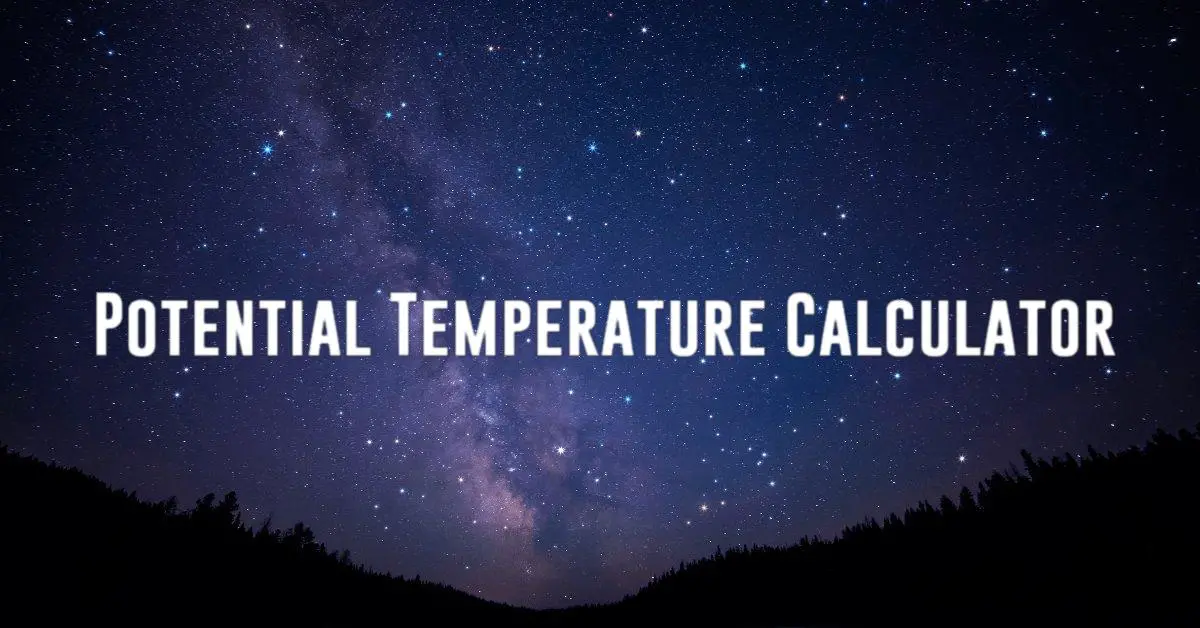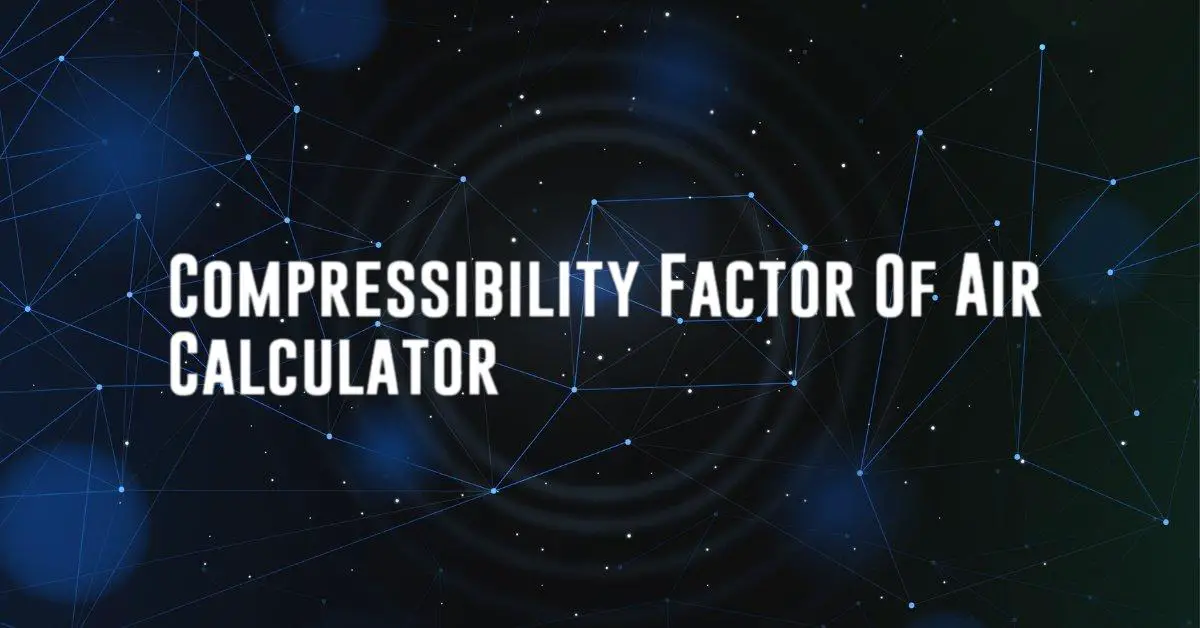Understanding the Environmental Lapse Rate
When studying the atmosphere and its behavior, understanding the concept of the environmental lapse rate is crucial. The environmental lapse rate is the rate at which the air temperature changes with altitude in the Earth’s atmosphere. This rate can vary depending on factors such as location, time of year, and weather conditions.
What is the Environmental Lapse Rate?
The environmental lapse rate is an important factor in determining weather patterns and climate conditions. It is defined as the rate at which the temperature of the surrounding air changes with an increase in altitude. This rate can be influenced by a variety of factors, including the composition of the atmosphere, the amount of moisture present, and the time of day.
Calculating the Environmental Lapse Rate

There are several methods for calculating the environmental lapse rate, including the dry adiabatic lapse rate and the saturated adiabatic lapse rate. The dry adiabatic lapse rate is the rate at which the temperature of a parcel of dry air changes as it rises in the atmosphere, while the saturated adiabatic lapse rate is the rate at which the temperature of a parcel of moist air changes as it rises.
The formula for calculating the dry adiabatic lapse rate is as follows:
Γ = -g/cp
Where:
Γ = Dry adiabatic lapse rate
g = Acceleration due to gravity (approximately 9.81 m/s2)
cp = Specific heat at constant pressure for dry air (approximately 1004 J/kg/K)
The formula for calculating the saturated adiabatic lapse rate is slightly more complex and takes into account the presence of moisture in the air. It is influenced by the latent heat released as water vapor condenses into liquid water. The saturated adiabatic lapse rate can vary depending on the temperature and pressure of the air parcel.
Importance of the Environmental Lapse Rate
Understanding the environmental lapse rate is essential for meteorologists and climatologists when studying weather patterns and predicting climate trends. By knowing how the temperature of the atmosphere changes with altitude, scientists can make more accurate forecasts and assessments of atmospheric conditions.
The environmental lapse rate also plays a crucial role in the formation of clouds and precipitation. As air rises in the atmosphere, it cools at the environmental lapse rate, leading to condensation and the formation of clouds. The rate at which this process occurs can impact the severity of weather events such as thunderstorms, hurricanes, and winter storms.
Factors Affecting the Environmental Lapse Rate
Several factors can influence the environmental lapse rate, including altitude, latitude, surface temperature, and atmospheric pressure. In general, the lapse rate tends to decrease with increasing altitude, as the air becomes less dense and is less affected by the heating and cooling of the Earth’s surface.
Latitude also plays a role in determining the environmental lapse rate, as regions closer to the equator tend to have higher lapse rates due to the greater amount of solar radiation they receive. In contrast, regions near the poles have lower lapse rates because of the colder temperatures and reduced solar energy input.
The surface temperature of an area can also impact the environmental lapse rate, with warmer temperatures typically leading to steeper lapse rates. This can result in more turbulent atmospheric conditions and a greater likelihood of severe weather events such as thunderstorms and tornadoes.
Conclusion
The environmental lapse rate is a critical concept in atmospheric science, helping to explain the behavior of the Earth’s atmosphere and its impact on weather and climate. By understanding how the temperature of the air changes with altitude, scientists can make more accurate predictions and assessments of atmospheric conditions, leading to improved weather forecasting and climate modeling.
Whether studying the formation of clouds, the development of severe weather, or the long-term trends in climate change, the environmental lapse rate is a fundamental factor that must be considered. By continuing to research and refine our understanding of this concept, we can improve our ability to predict and adapt to the ever-changing conditions of the Earth’s atmosphere.






